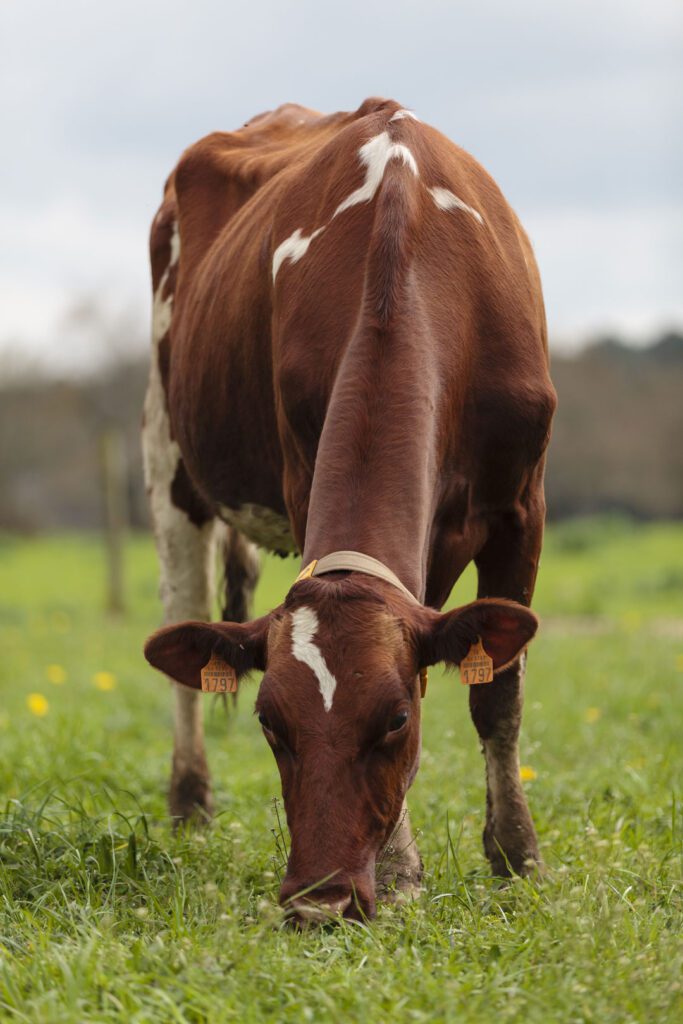Share this page
Assessment of livestock impacts on biodiversity
Biodiversity has often been overlooked in environmental assessments of the livestock sector because of its intrinsic complexity – the LEAP partnership appointed a specific group of international experts to tackle this challenge.


Alignment with SDGs
AUTHOR
Livestock Environmental Assessment and Performance Partnership Food and Agriculture Organization of the United Nations • Global
Abstract
The current rate of species extinction is unprecedented in human history and is threatening human well-being as biodiversity is the basis for essential ecosystem services such as biomass production, crop pollination, water purification or climate regulation. Livestock is among the sectors with highest impacts on biodiversity. As a direct impact, around 30% of land on Earth are used for pastures and feed crops, which results in modifications of biodiversity habitats. In addition, livestock production has indirect impacts on biodiversity through its contribution to climate change and pollution (e.g. nutrients, ecotoxic substances). Importantly, livestock also has positive impacts on biodiversity such as extensive systems maintaining semi-natural grassland habitats that host a unique pool of wild species and provide key ecosystem services. Specific indicators and methods are needed to assess the impact of livestock on biodiversity across different systems (extensive to intensive), geographical areas and scales (farm, country, supply chain…).
Many livestock environmental assessments have focused on greenhouse gas emissions and overlooked biodiversity because of its intrinsic complexity. In the absence of more holistic approaches, the possibility remains of pollution swapping and unrecognized trade-offs among different dimensions of agro-environmental sustainability. The LEAP partnership tackled the challenge of assessing livestock impacts on biodiversity.
Moving the wheel
In 2014, LEAP set up a specific group of international experts with various backgrounds to progress on biodiversity assessment of livestock production. Because of the early stage of the discussions of the topic, no specific methodology or indicators were recommended but principles were developed, to which the different assessment methods have to adhere in order to guarantee a minimum level of soundness, transparency, scientific relevance and completeness. The level of generality of these principles means that they are relevant to different scales and various users who may use different assessment methods to fit different purposes.
Livestock also has positive impacts on biodiversity such as extensive systems maintaining semi-natural grassland habitats that host a unique pool of wild species and provide key ecosystem services
History of success
As a result of the initiative, two documents were published in 2016:
A review of indicators and methods to assess biodiversity
Principles for the assessment of livestock impacts on biodiversity
The second document was the main base for the development by IDF of their own Guide on Biodiversity for the Dairy Sector. It also contributed to the biodiversity component of other international initiative such as the EU Product Environmental Footprint and UNEP-SETAC life cycle initiative.
Biodiversity assessment is an emerging but increasingly important area of work. The initiative took a first step towards including biodiversity along with other criteria such as greenhouse gas emissions, in livestock environmental assessments. It was important to ensure that the livestock sector and the specificities of its relationship with biodiversity (e.g. positive impacts) are not left behind in the active recent developments on biodiversity assessment.
The main beneficiaries where the multi-stakeholder members of LEAP: governments, private sector associations (including IDF) and NGOs/CSOs.
New opportunities
In 2017, a second group of experts was formed within the LEAP partnership to move from the qualitative principles previously established, to quantitative indicators and methods to assess impacts of livestock on biodiversity. This is needed to ensure that biodiversity can be fully integrated along other quantitatively assessed sustainability criteria.
Guidelines for the quantitative assessment of the impacts of livestock production on biodiversity (based on existing indicators and methods) will be released for public review in the summer 2019. Indicators and methods described in these guidelines are relevant to a range of assessment objectives, users, scales, geographical regions, livestock species and production systems.
More information






